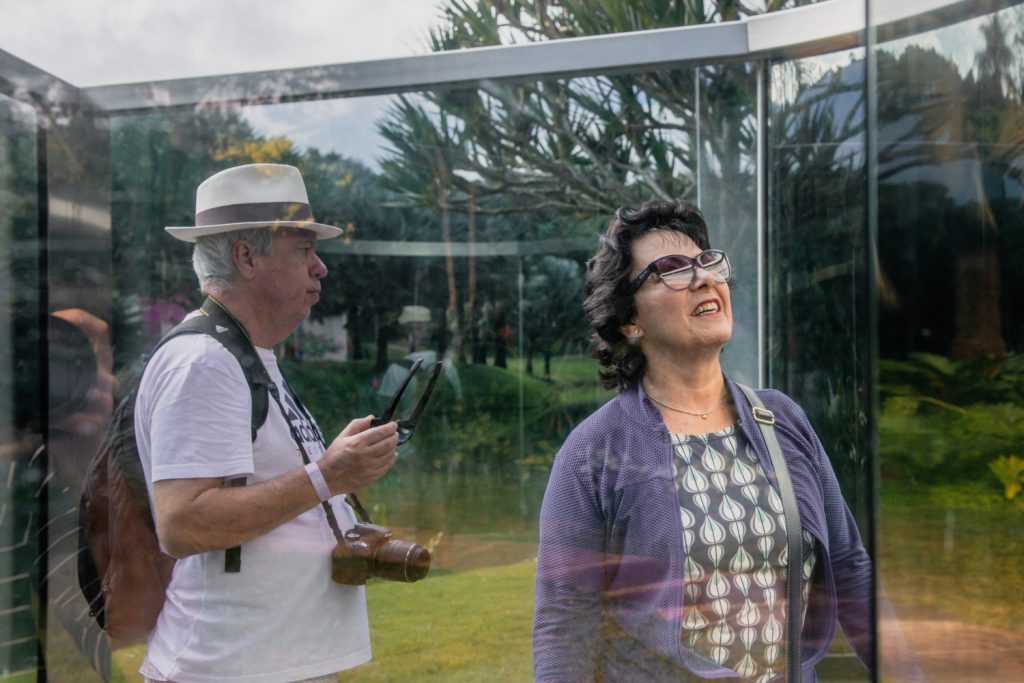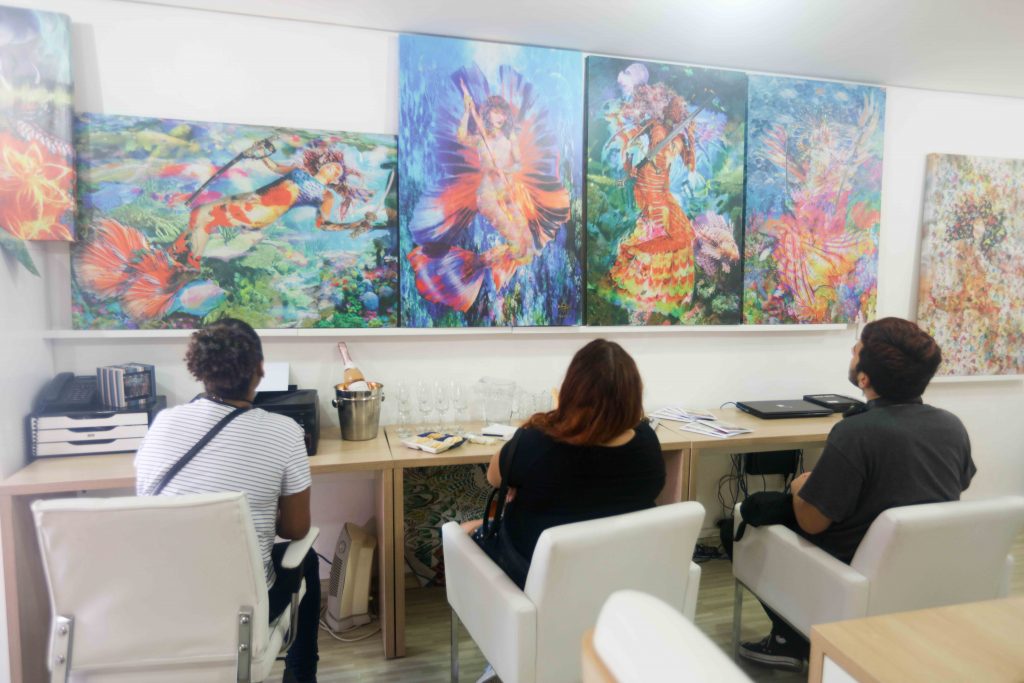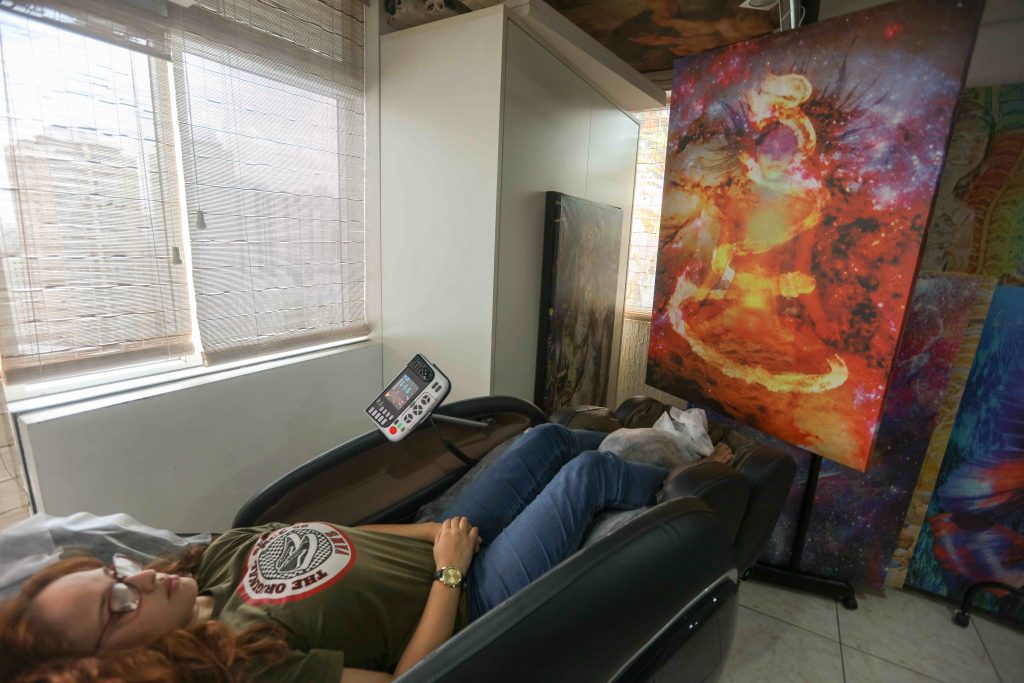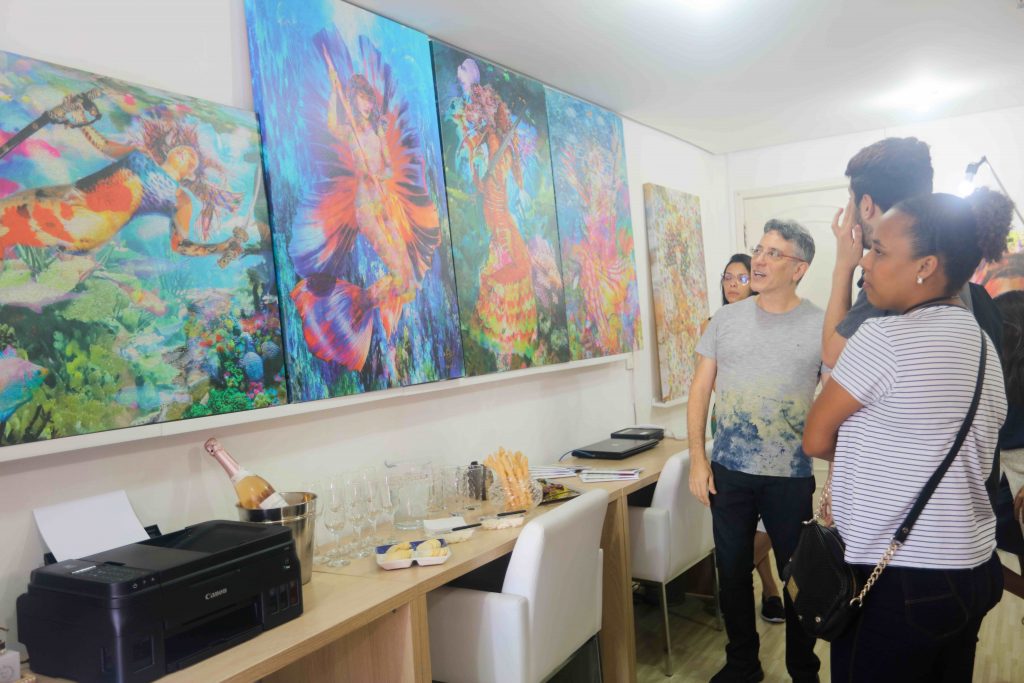For their third year, the Sociedade Das Artes in Serra Negra, Brazil held a hybrid Slow Art Week, hosted by artist Henrique Vieira Filho. The Sociedade Das Artes features works by contemporary artists, along with artistic services and products.
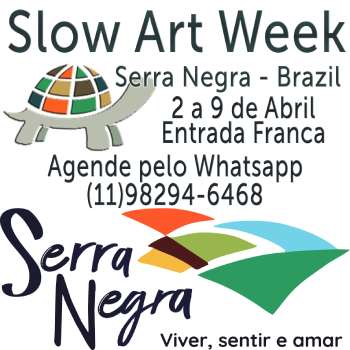
Exploring the theme of “Slow Down, Live Long, and Live Well,” the gallery allowed for four visitors at a time and each visitor chose which works of art they wanted to appreciate slowly (note: the gallery asked that visitors RSVP ahead of their visit to secure a time to attend).
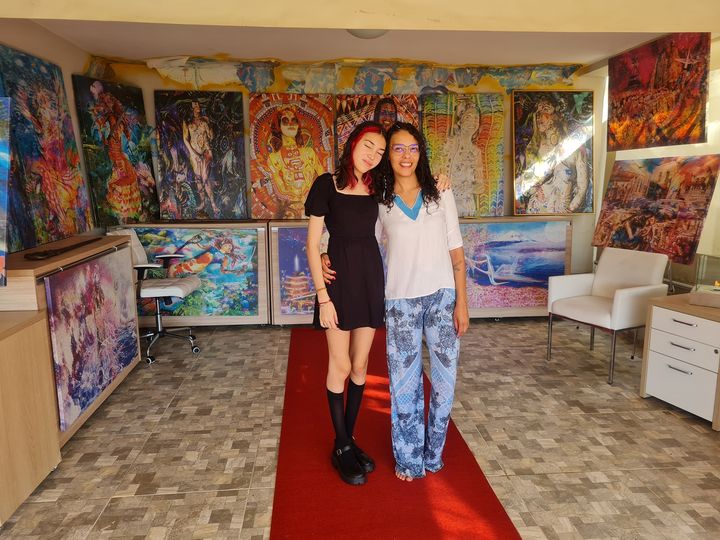
Henrique Vieira Filho wrote, as part of the day, “Living at a fast pace certainly has a certain charm (“live fast, die young”), however, I think the alternative is much more interesting: slow down, live a lot, and live well! The Slow Art Movement advocates the experience of time with greater QUALITY for everything and everyone.”
We couldn’t agree more.
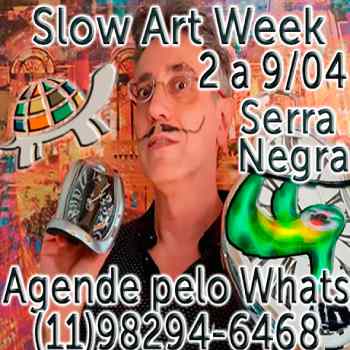
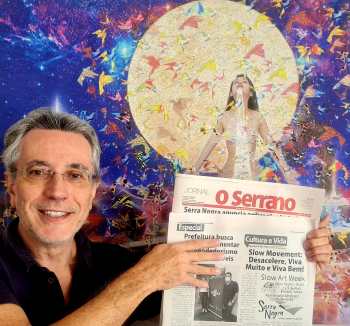
The event was advertised online (see above) and there was also an article written in the local press (also see above).
Visit Google Drive or Facebook to view a video that was created to allow people to explore the exhibit virtually.
We love their focus for 2022 and look forward to seeing what they come up with for next year.
Best,
– Robin, Ashley, Phyl, Johanna, and Jessica Jane
P.S. The Sociedade Das Artes can be found on Instagram and Facebook.

